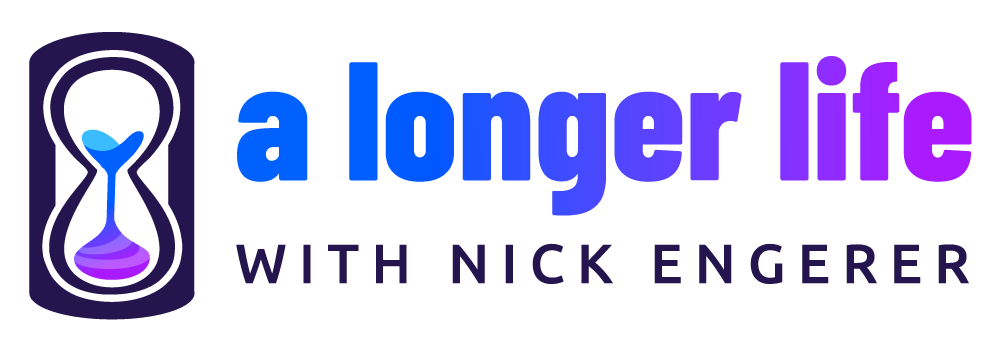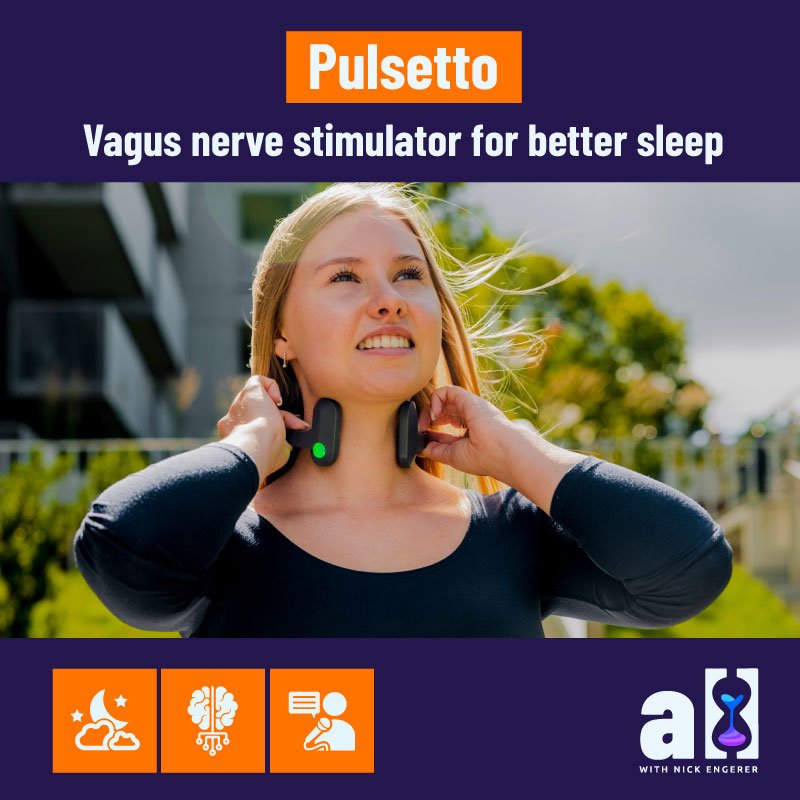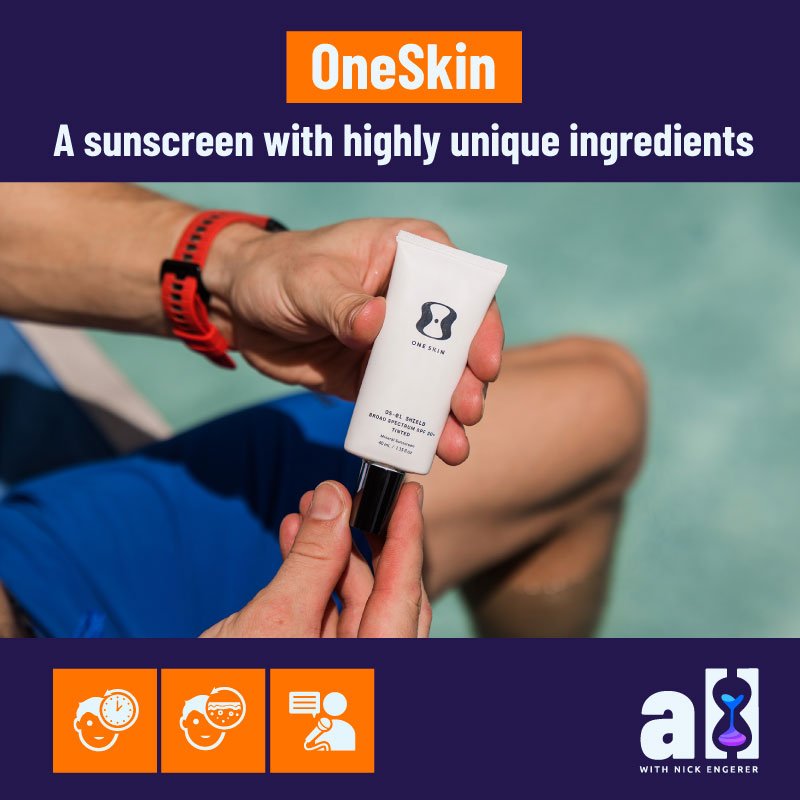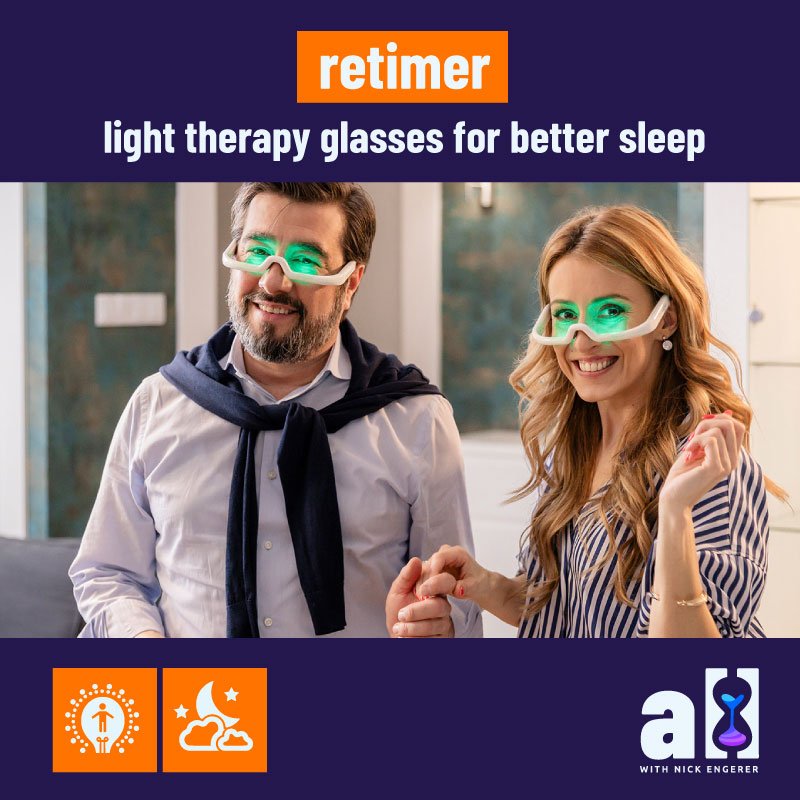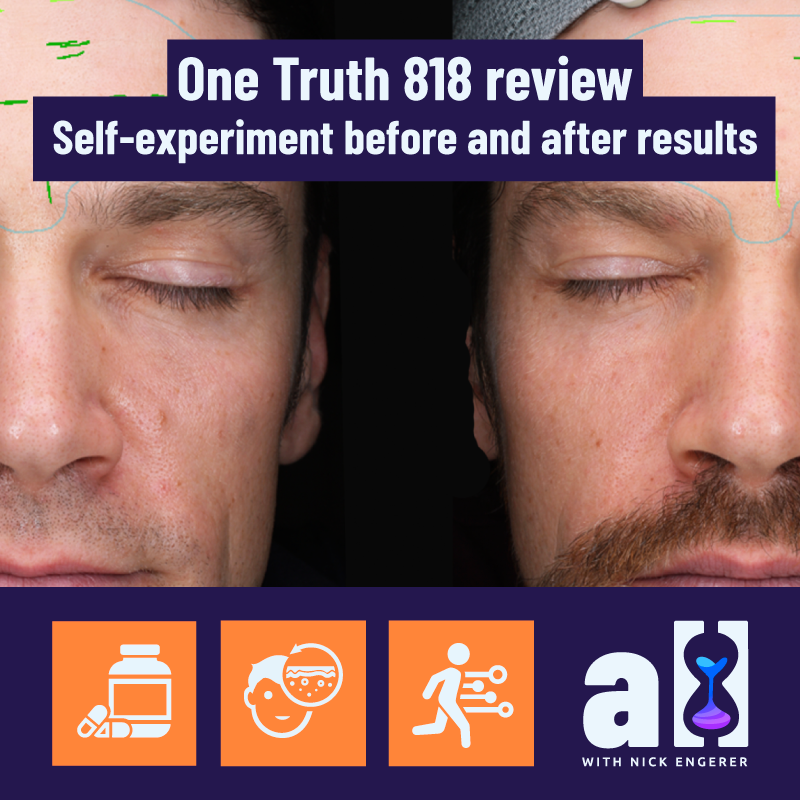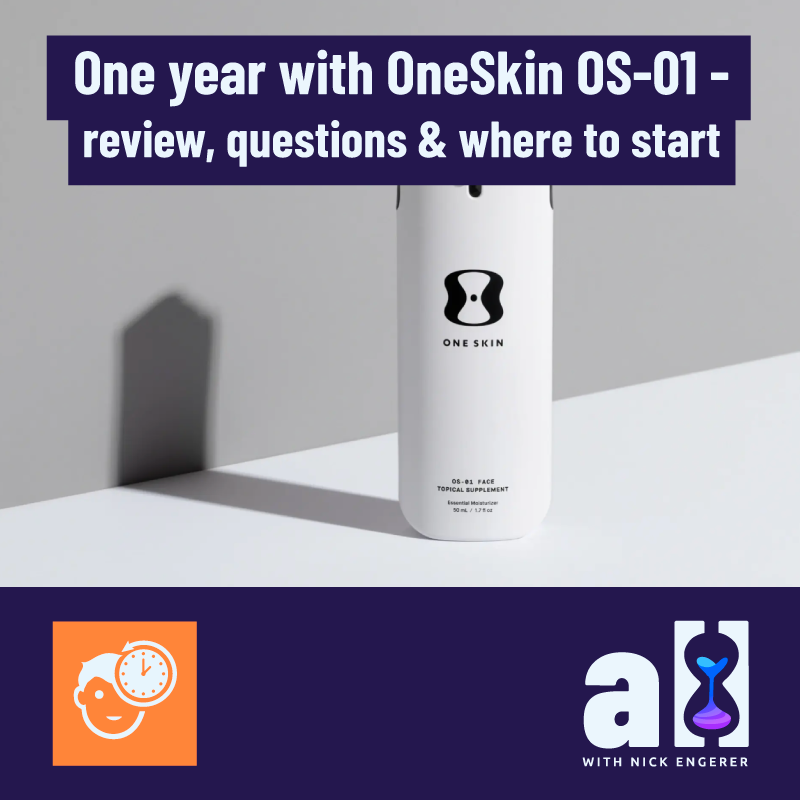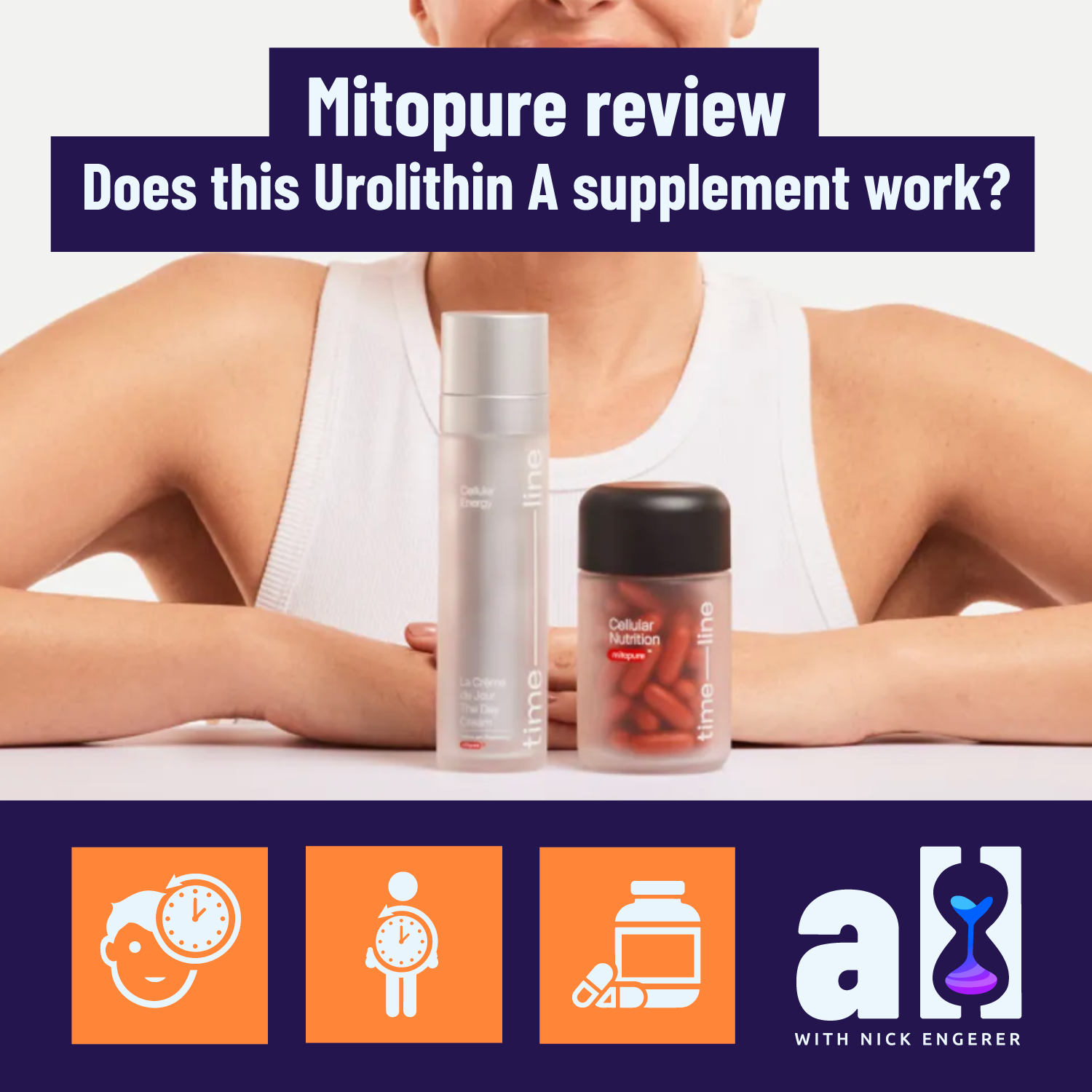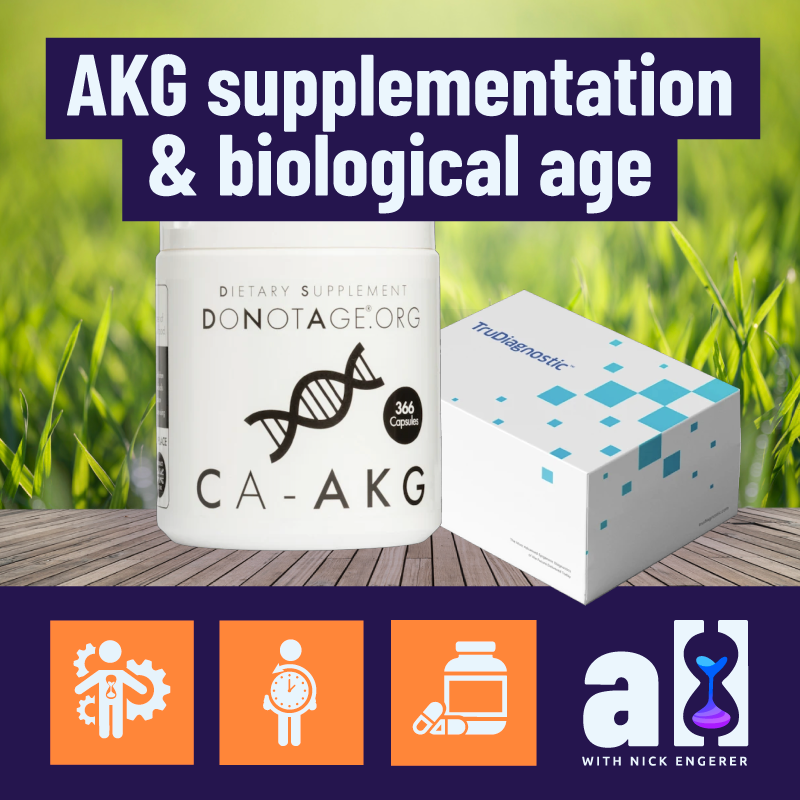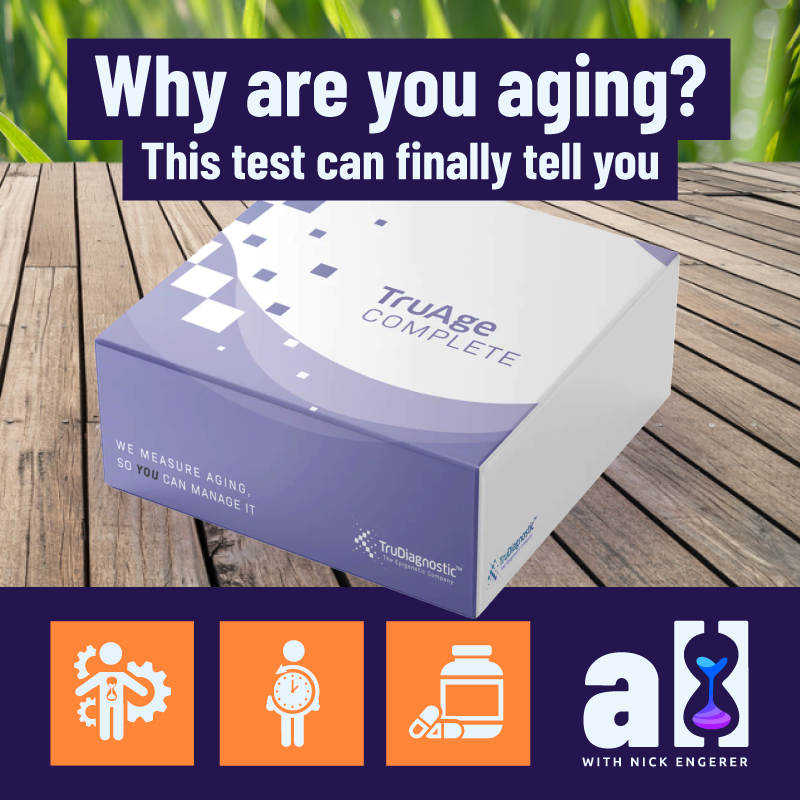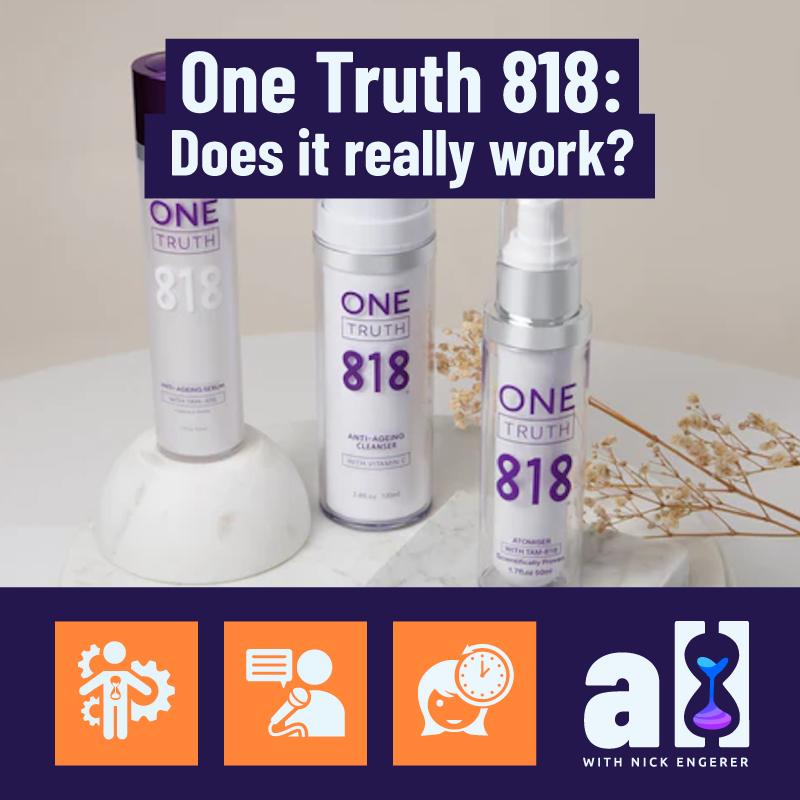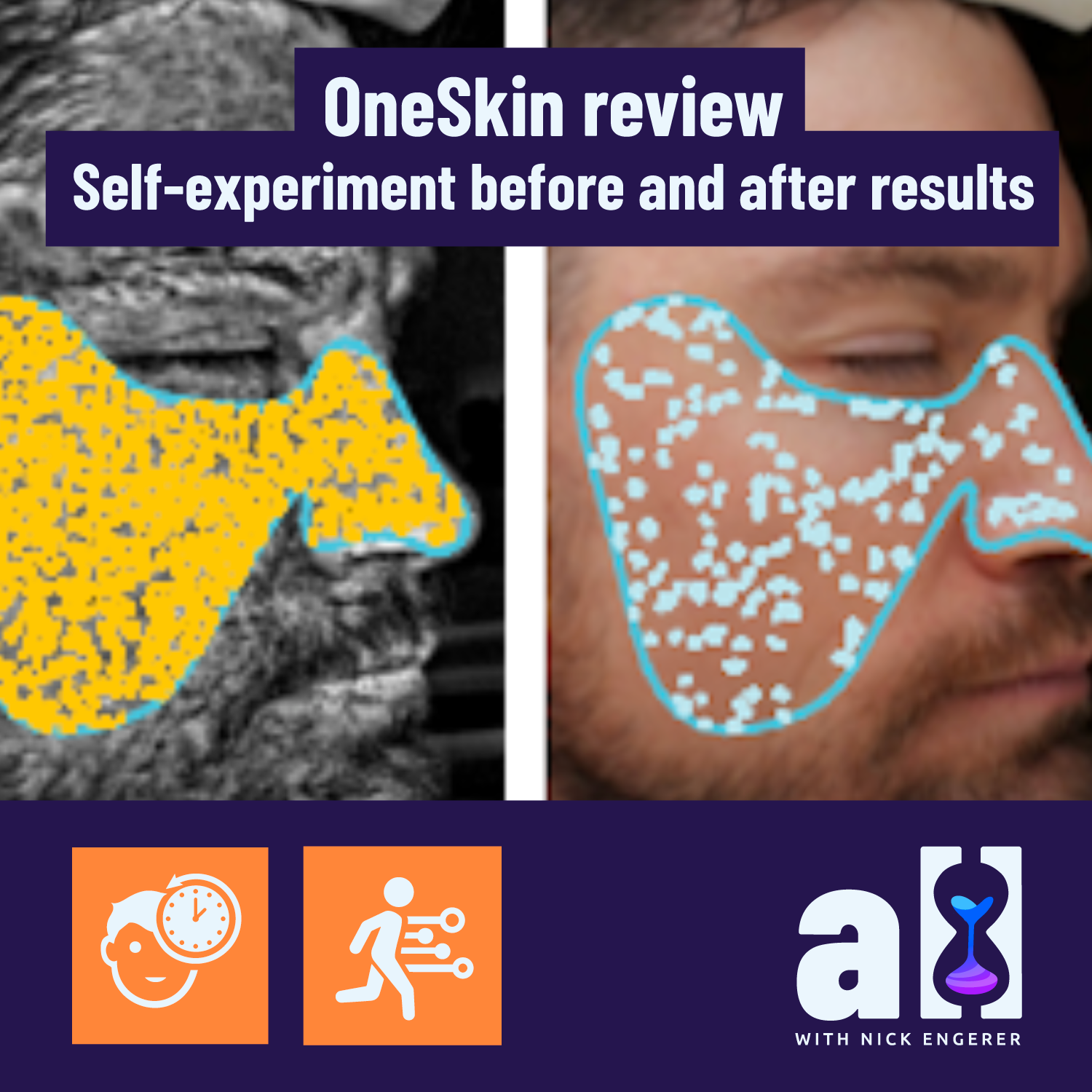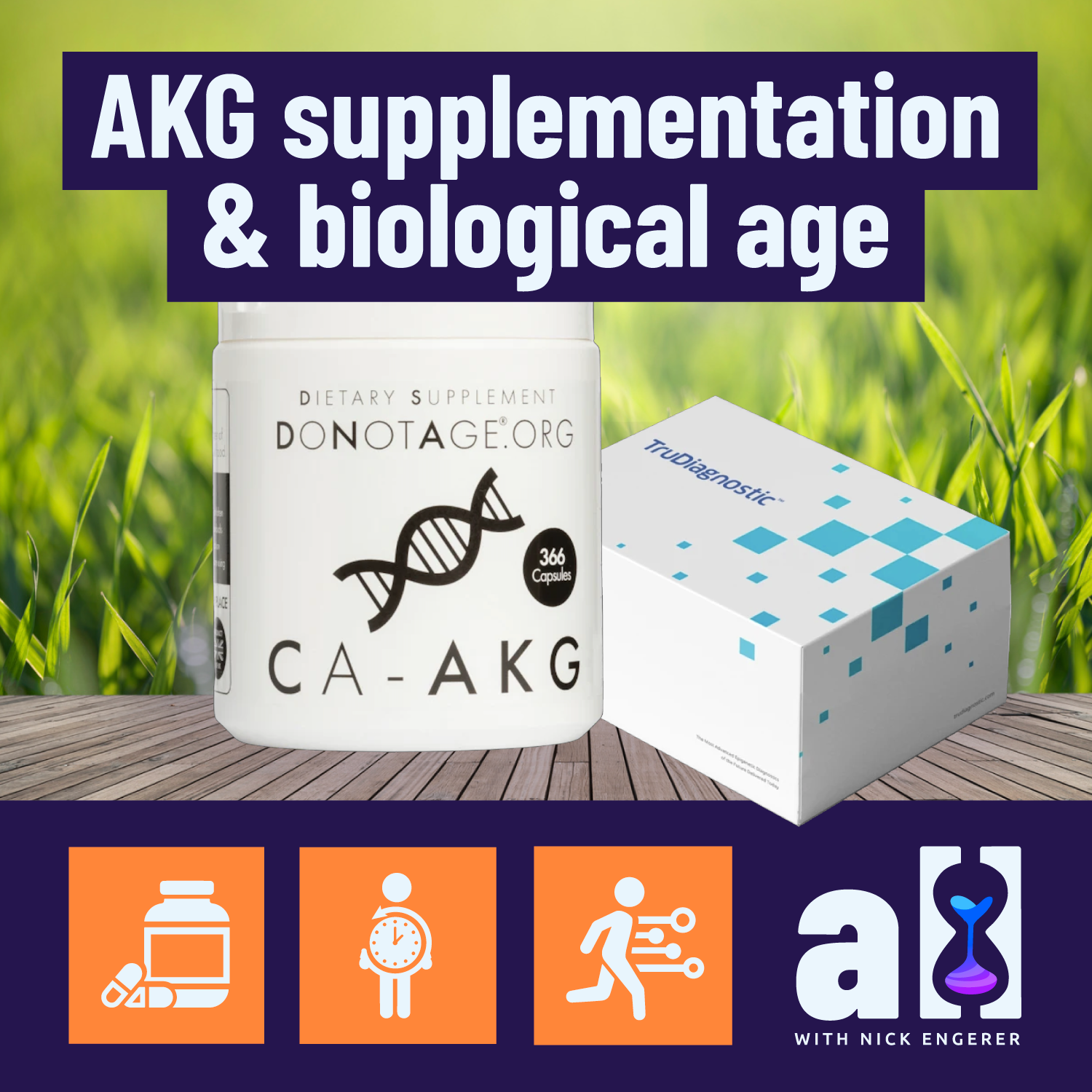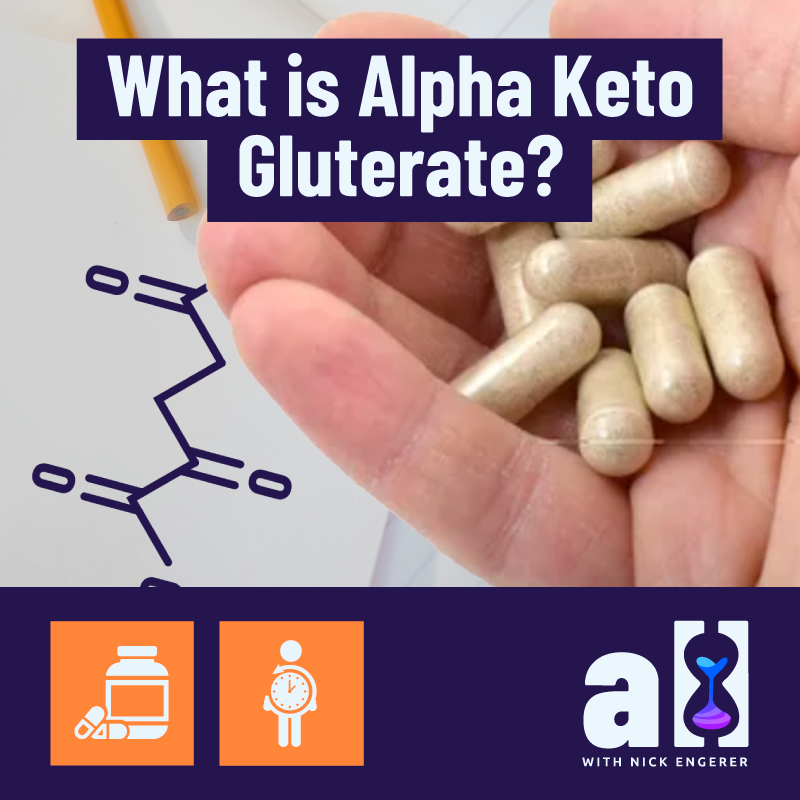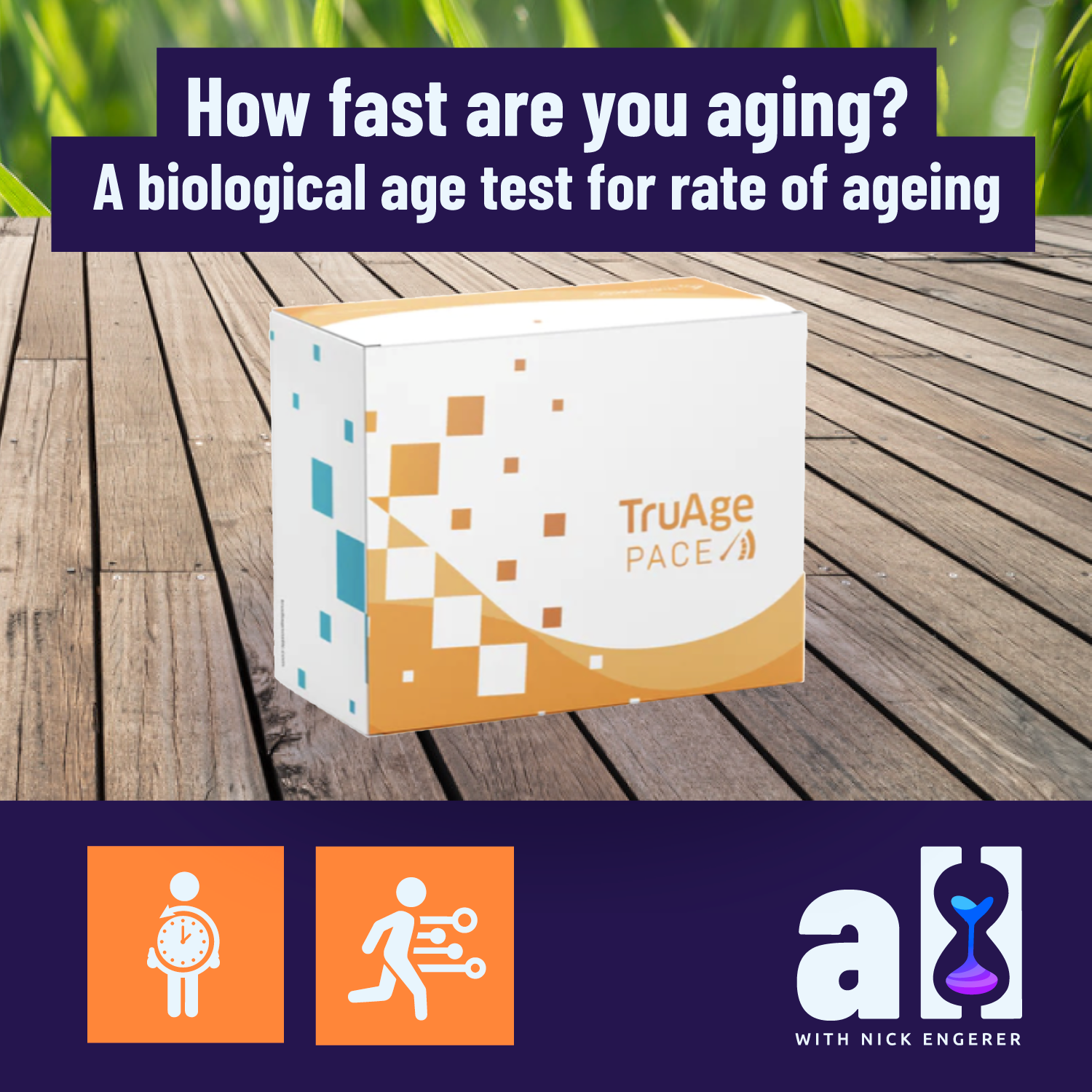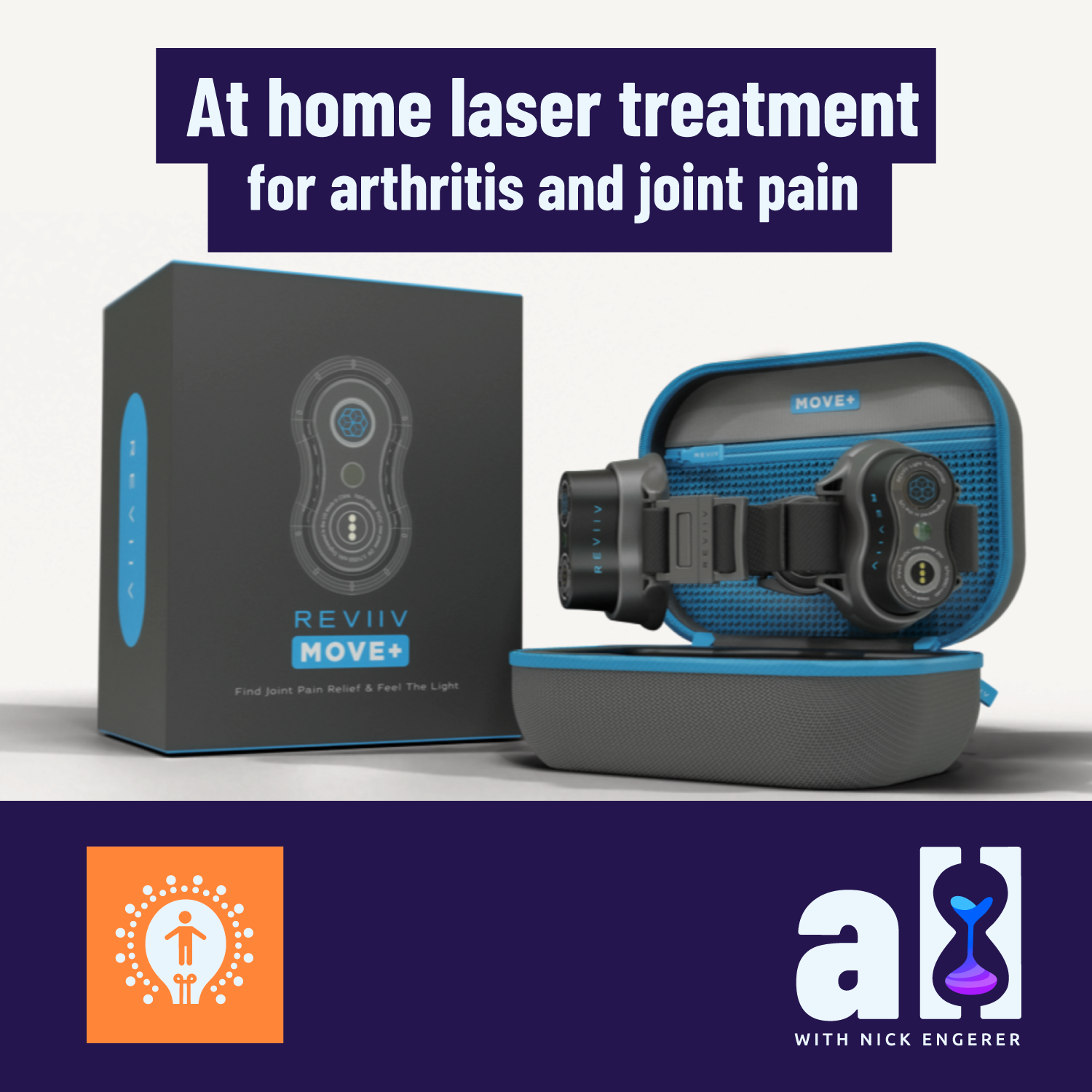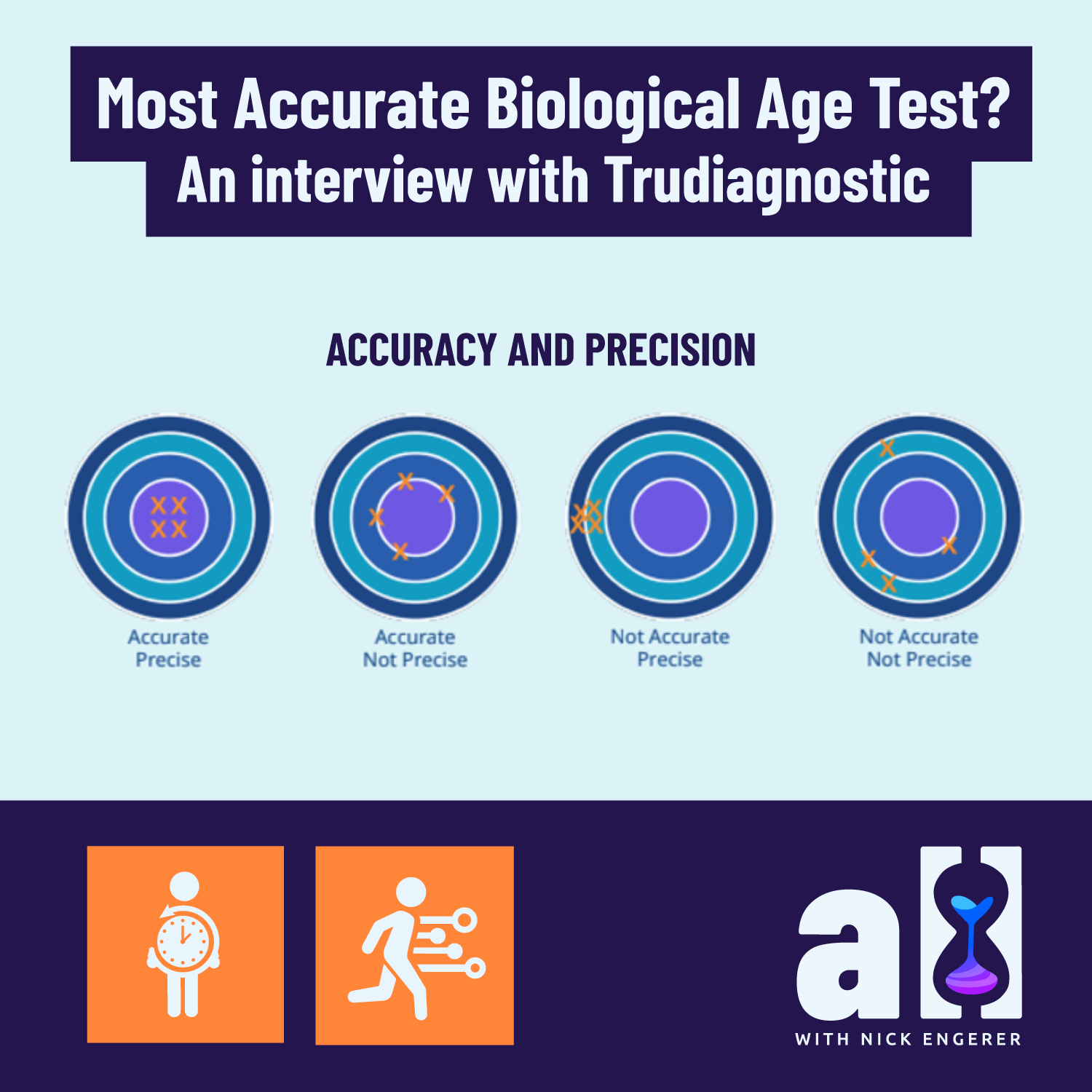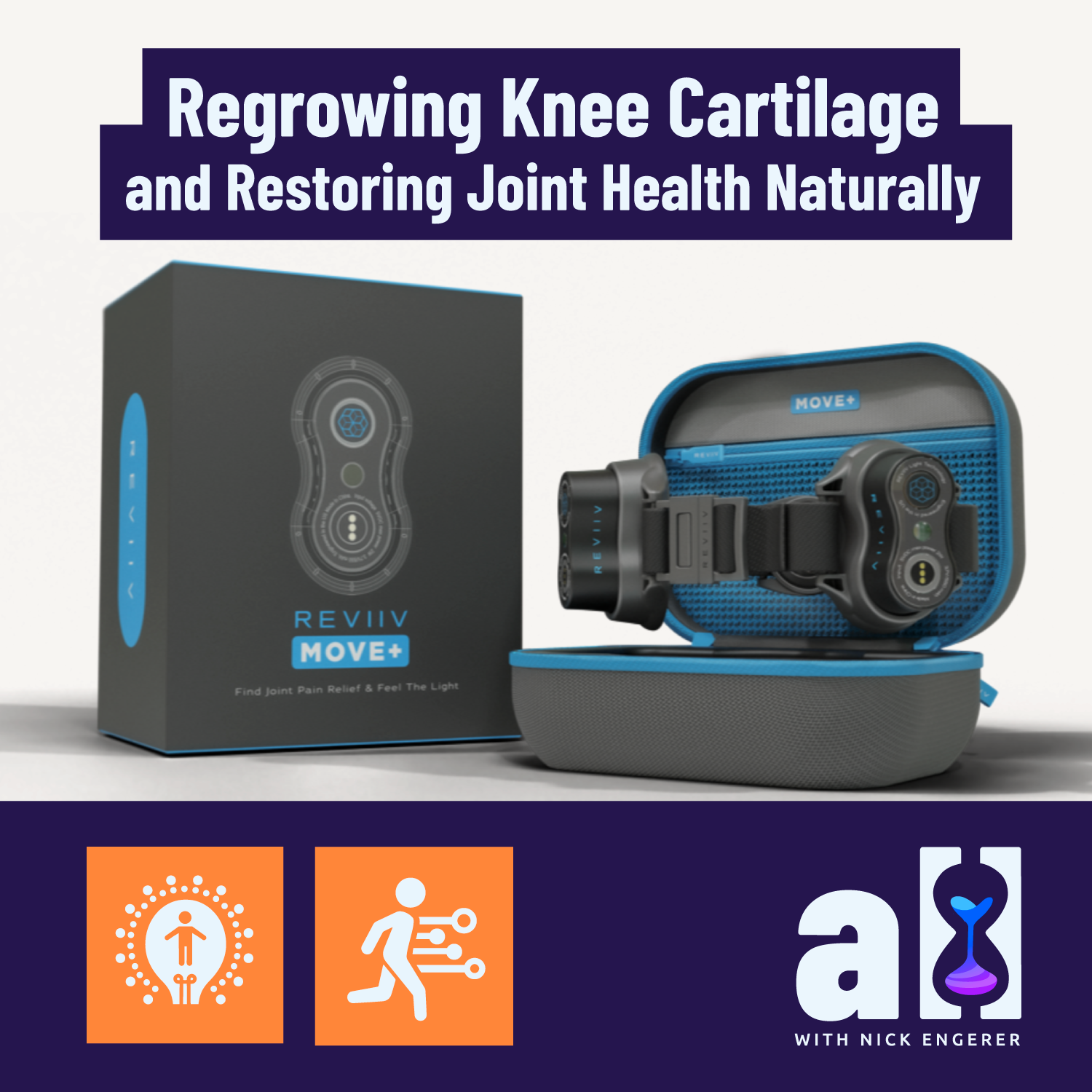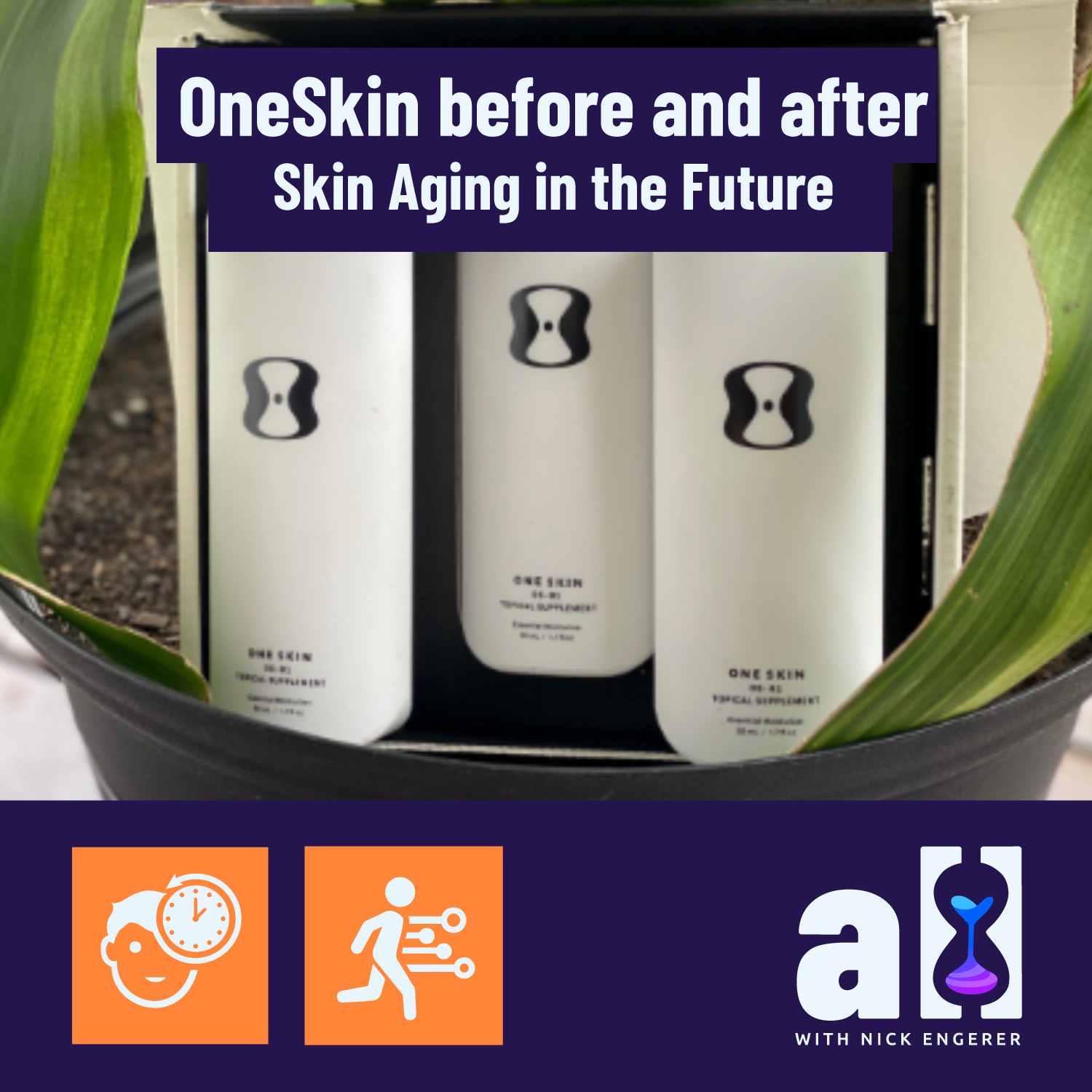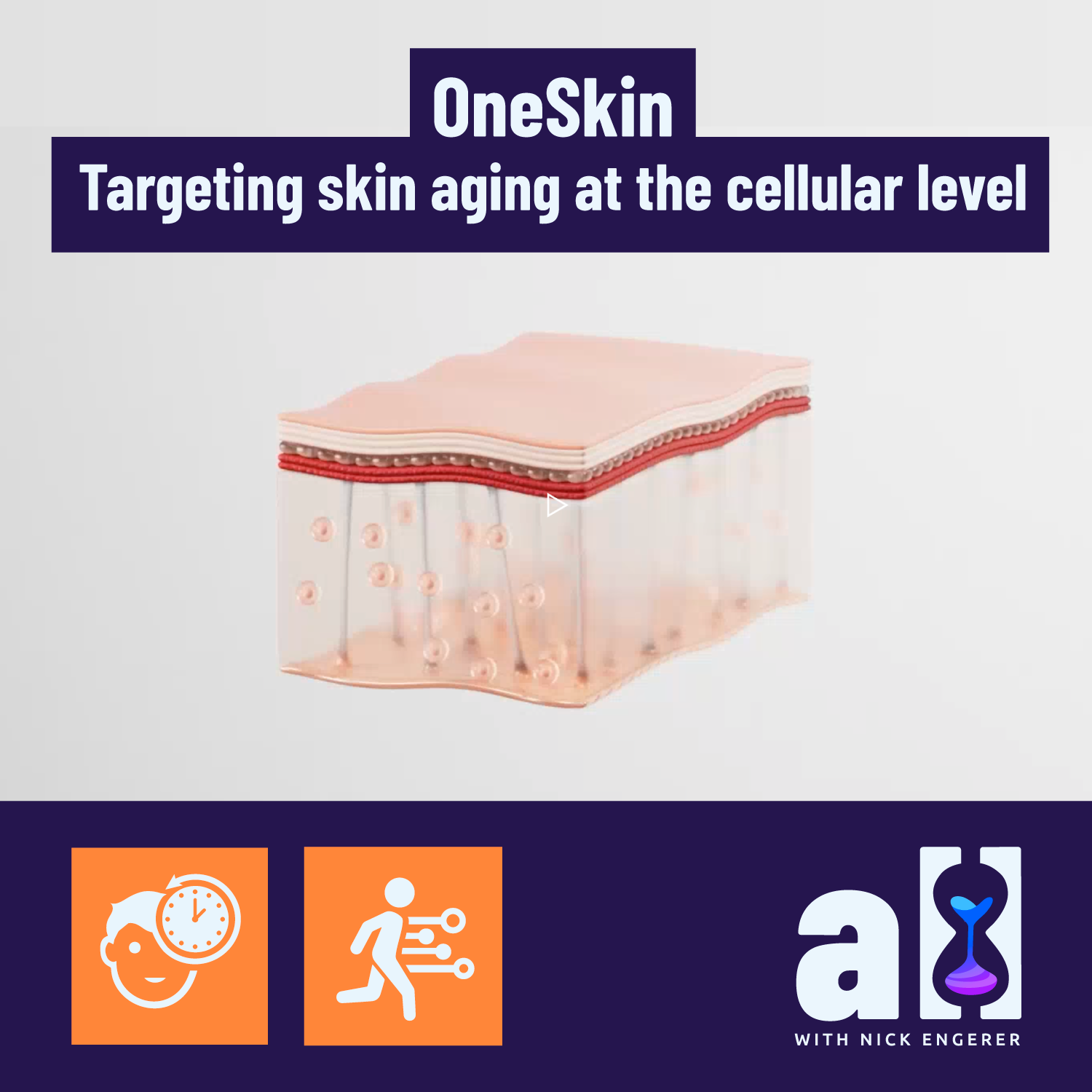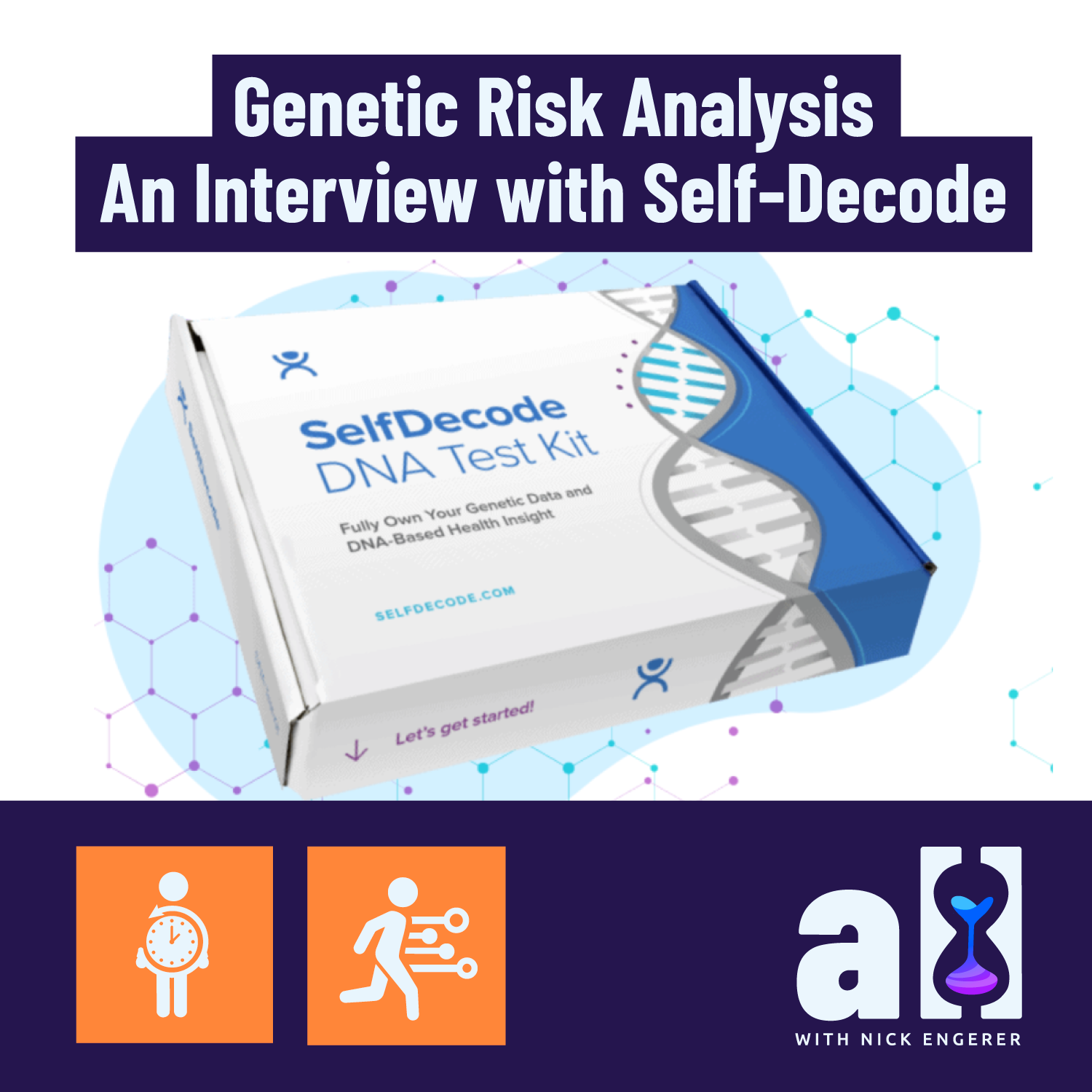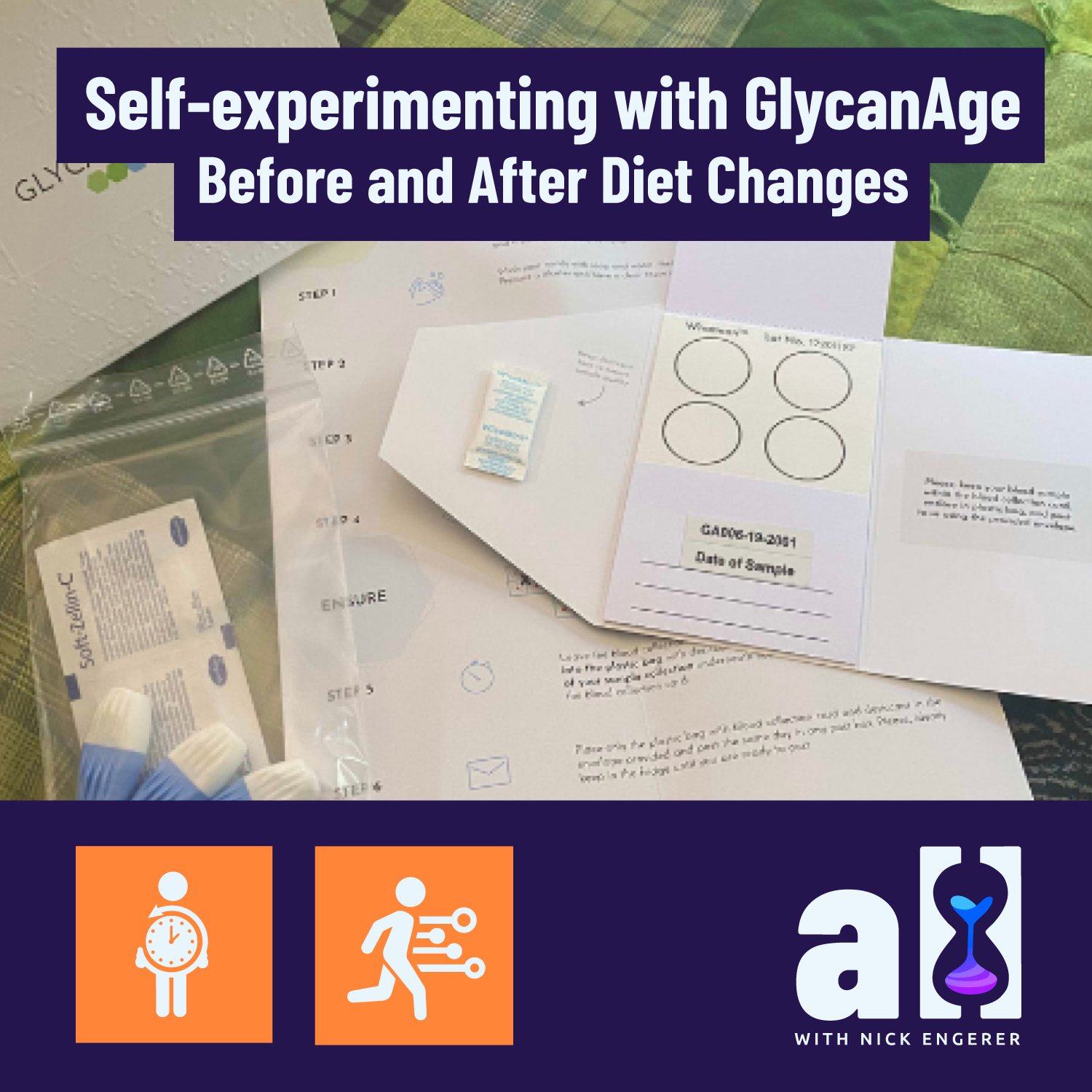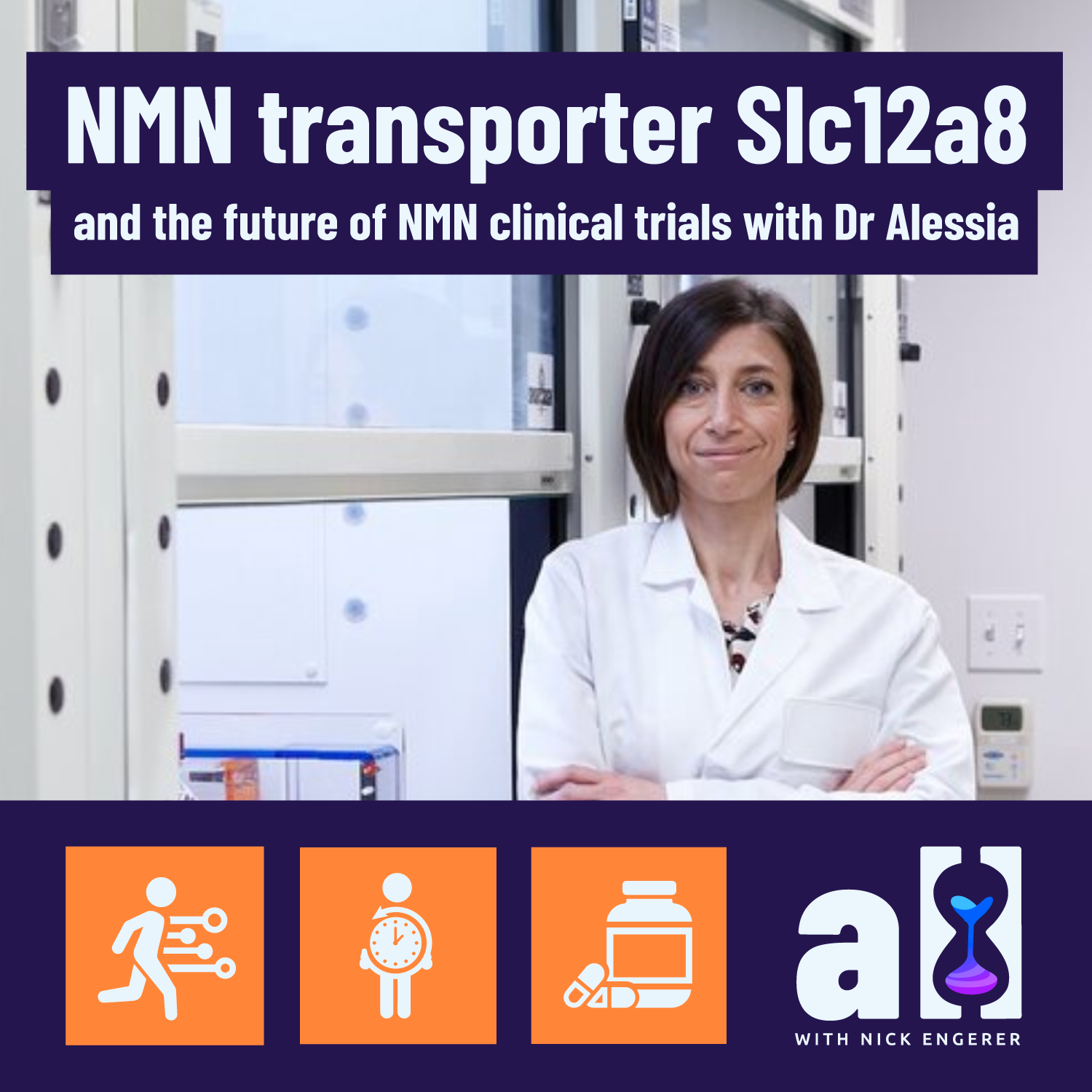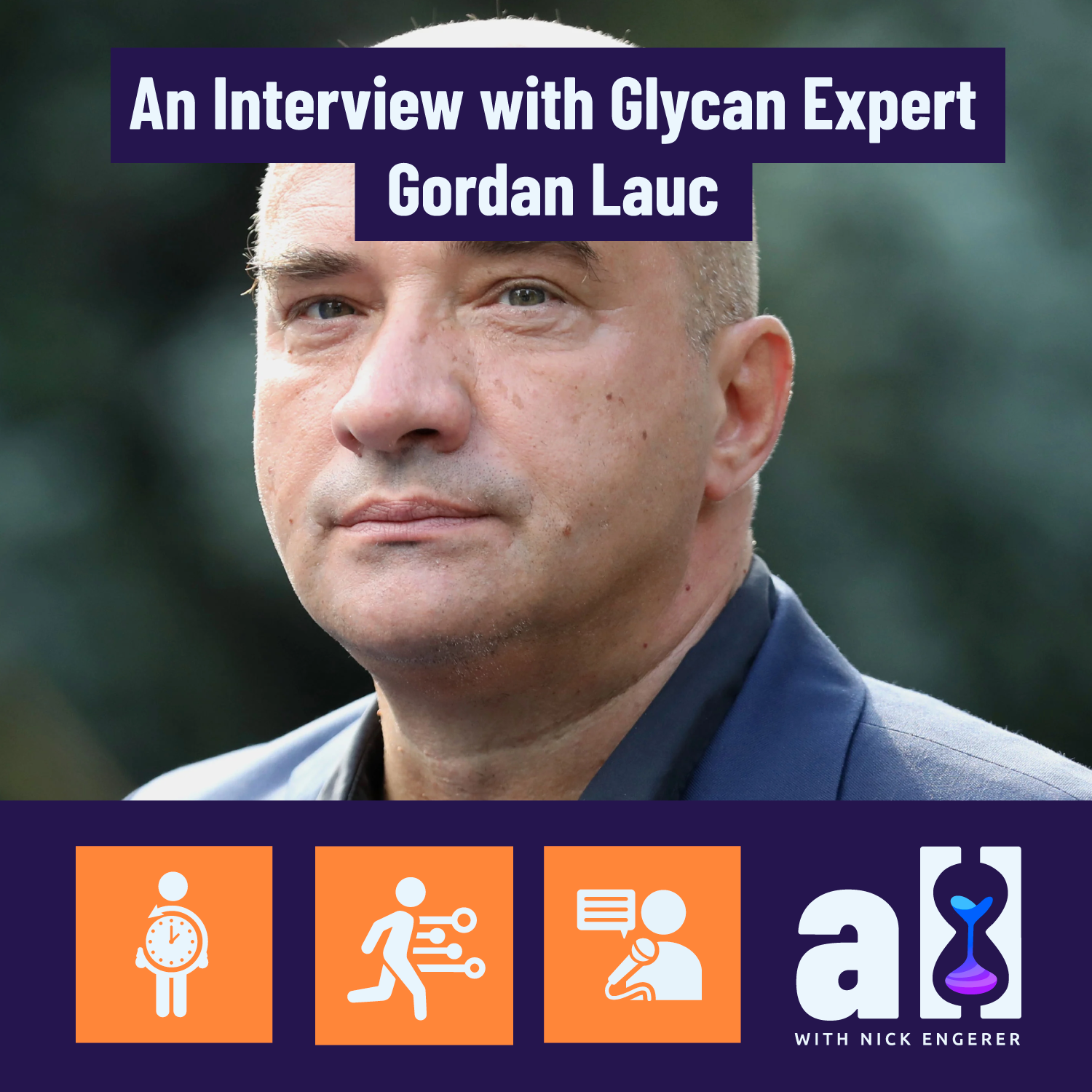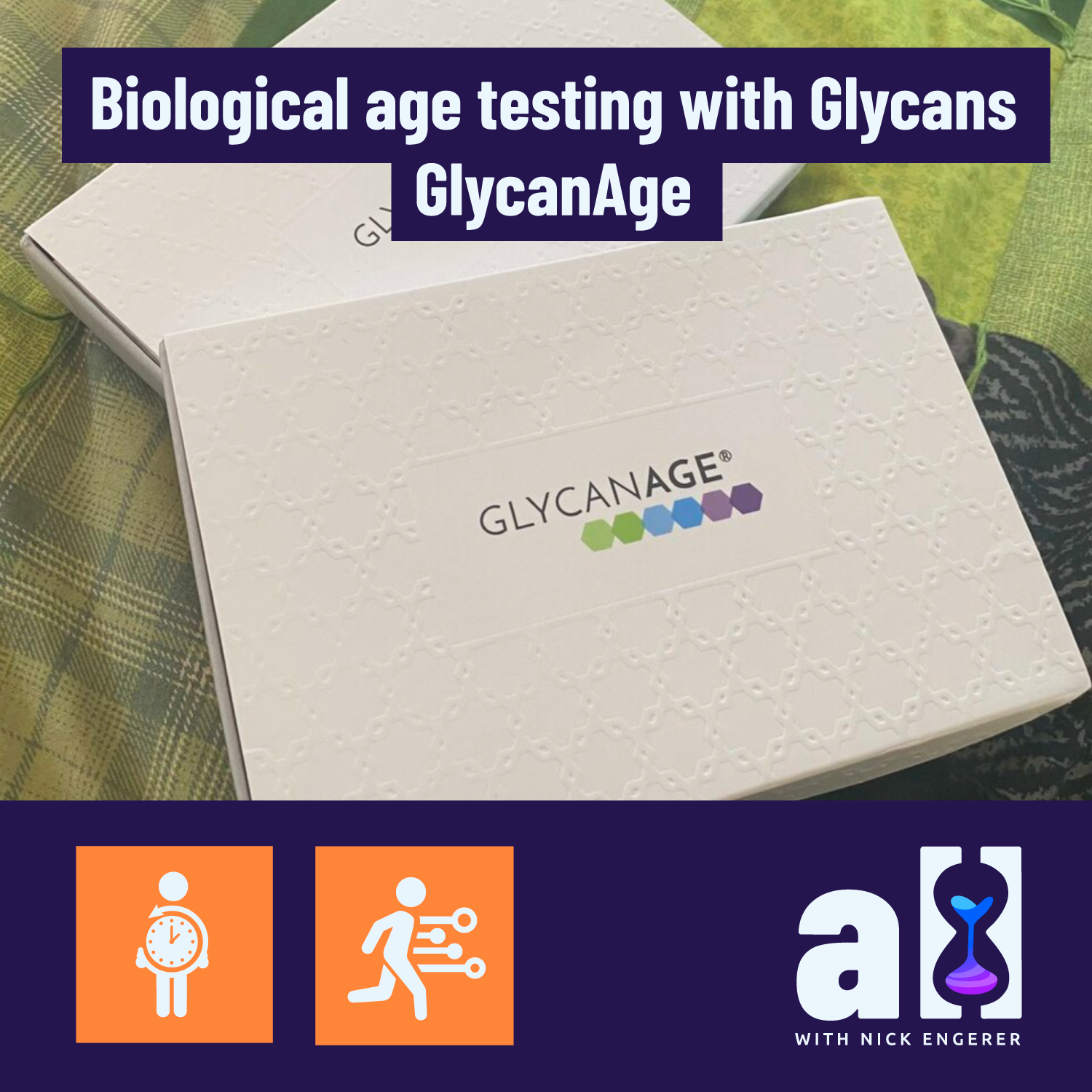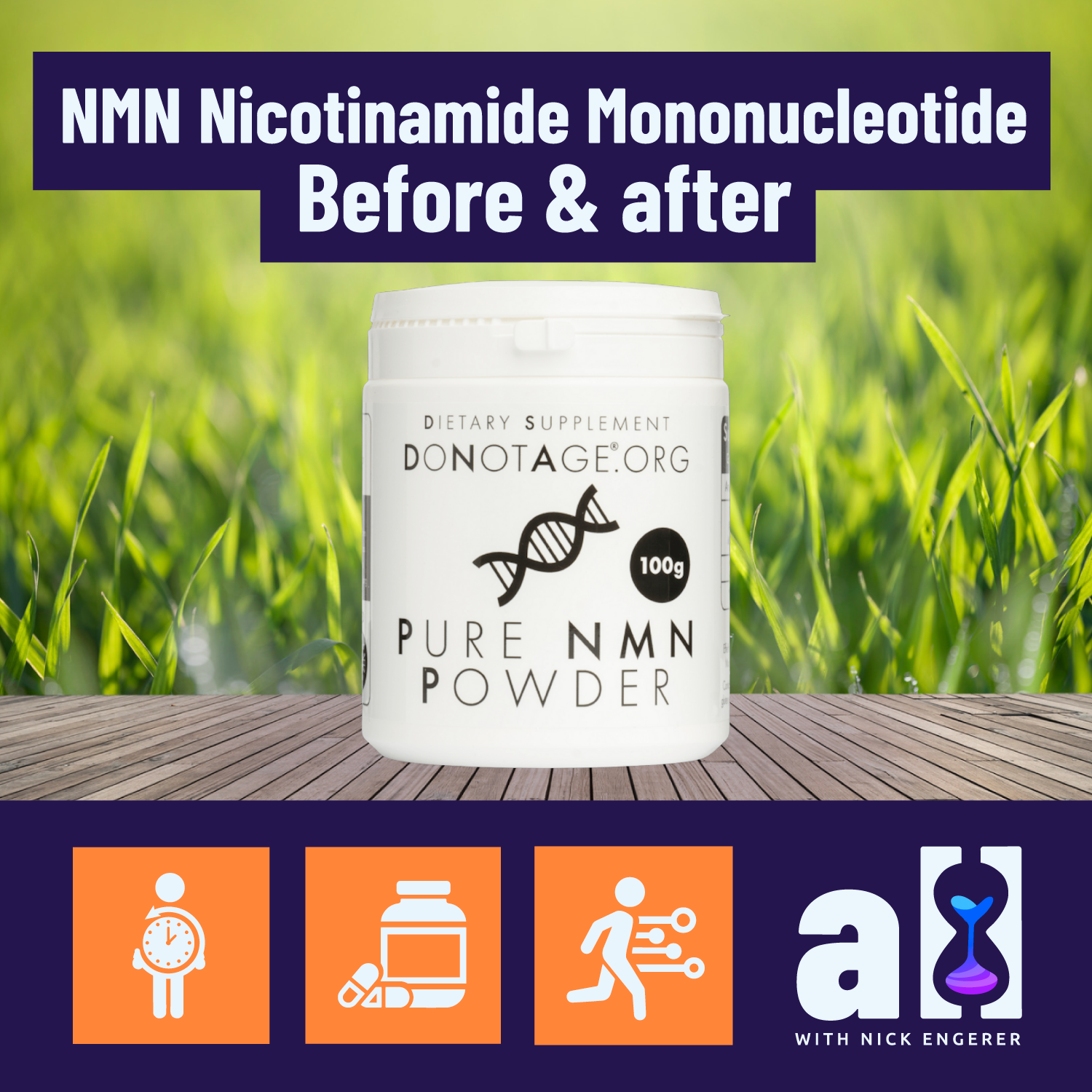OneSkin review - Self-experiment before and after results with OS-01
Reviewing OneSkin OS-01 - Does it really work?
Hey there, and welcome to A Longer Life. Questions like these are what we obsess over.
We’ve previously introduced our readers to the topical supplement OS-01 from OneSkin, a longevity technology company with a new approach to skin health.
OS-01 gets it's name from the proprietary peptide discovered by the OneSkin research team, which has been shown to turn on cellular repair mechanisms in the skin - meaning it is actually fixing things like UV damage, not just covering them up. You can read about the science in more detail here.
Early results from beta testers and research studies have been very promising - but of course the primary question for you remains - will it work for me? Does OneSkin OS-01 really work?
As with any longevity technology, asking and answering this question is very important.
After all, if OS-01 really can “reduce your skin’s biological age” as the company claims, then perhaps it really is worth shelling out $120/bottle.
(By the way, that’s only $102/bottle when you use ‘longevityblog’ at checkout to save 15%).
If the product really can reduce your skin’s biological age, then you might just make this investment.
But, of course, with any supplement, you’d need to know with high confidence that it is working. After all, even with a subscription, this decision could cost you upwards of $1000/year.
So - the question is, how do you know with certainty that OS-01 is working?
That’s exactly what A Longer Life loves to do - help you figure out what works for YOU.
If that’s your jam too, please read on.
How to tell if OneSkin OS-01 really works
As we covered in our interview with OneSkin CEO and Co-Founder Dr Carolina Reis, there appears to be some real science behind their biological age reversal claim.
More relevant to the question of reviewing OneSkin OS-01’s effectiveness, we also asked Dr Reis how can you test OS-01 on yourself and know if it really works?
Here’s an extract of part two of our interview, where we dug into this topic area:
Will OneSkin OS-01 work for you?
A Longer Life:
How long should our readers run on OS-01 self experiment? What is a long enough period to evaluate before and after?
Carolina Reis: We don't know yet, exactly. For example, right now, we are running this clinical study in which our primary goal is to measure the change in the skin biological age. And we have the participants using the product for six months, up to a year.
… We continue to search for a method that can be quantitative and we still don't have it, unfortunately, to offer to consumers.
So I would say to start by taking pictures, making sure that's you use the same light and same time of the day. Take these every two weeks and every month and compare side by side.
… The clinical trial level of rigor is six months. We've heard from users benefits can be seen after three months.
OneSkin before and after pictures - Surely we can do better?
If you’re scientifically minded like us, you might find this answer somewhat unsatisfying.
How many of us are really skilled enough at using a camera, pointing it at ourself, getting the angles and lighting done correctly/consistently and come away with photographs that can really see the often subtle differences in skin health that might occur over months at a time?
And while there is promise in some of the future ‘quantitative’ methods for measuring skin age directly, that technology is not here yet.
Surely there could be a better way?
Well, our friends, we did our homework, and it turns out, there is a better way.
And if you ask us, it’s pretty damn cool.
 |
Review OneSkin OS-01 effects on your skin with a Visia Scanner
Nick getting his follow-up Visa scan at NextHealth LA.
To conduct an effective self-experiment with any skincare regime change, we recommend that you locate some nearby skin clinics and ask them if they operate a Visia Scanner.
It may take a few calls, but these devices have become very common in such clinics.
We’ve previously covered this technology in earlier posts, and we are a big fan.
Not only does this system provide solid, repeatable quantifiable metrics (pore size, skin redness, texture, etc), but it also is relatively cheap to operate (often a clinic will do this for you for free as a part of a skincare consultation).
A Visia scan also will provide you with the “TruSkin Age” of your face, which we have deemed your ‘Aesthetic Age’ (analogous to your biological age), revealing how old you look, based on a pretty comprehensive algorithm.
While this TruSkin Age is a proprietary algorithm and we cannot know exactly how it works; Campbell Scientific have shared the eight most influential metrics which go into the TruSkin Age calculation (we share those below).
Self-experiment guidance
If you’re interested in giving this a try, we suggest the following:
Keep your skincare regime unchanged except for adding OS-01 to your protocol (control your self-experiment)
Get both before and after scans from a Visia unit at a nearby skincare clinic
be sure to use the same ‘prep’ routine before each scan
do with with a clean face
use the same products you used in the before image in the after image
Run the experiment for at least 3 to 6 months
Compare the results, focusing on both:
the TruSkin Age
wrinkles, texture, spots and UV spots (as reported by Visia unit)
What are you looking for? How do you compare the results?
Well the simple answers is that if your TruSkin Age improves, whatever you’re doing is working.
But of course, we love the details, so we’re going to walk you through an example looking at the four most important skin metrics for an OneSkin OS-01 self-experiment.
OneSkin OS-01 before and after results with pictures
Our Founder Nick absolutely loves to be a guinea pig for longevity technologies of all sorts.
He was very enthused to try out OneSkin OS-01 using the above framework, where he applied OS-01 daily to a clean face before bedtime with approximately 98% compliance over 5 months.
What did he find? Shockingly, according to the Visia Scanner OneSkin OS-01 reduced his aesthetic age by 7 years.
Most valuably, the Visia scanning unit was not with out direct justification for this drastic improvement - and we’re going to look into the details as to what changed to create this improvement.
NOTE: Moving ahead, many will note there is a slight variation in Nick’s face angle in the before and after images. We will discuss the possible impacts of these on each metric.
Visia Scanner metrics as reported by Campbell Scientific
Visia scans report on 8 key metrics, which are used to determine your TruSkin Age and track the impact of skin care treatments over time.
Some of these metrics are more responsive to a given intervention than others. So it is important to know which of these metrics to pay attention to when you’re self-experimenting.
Using abridged descriptions from the Campbell Scientific FAQ page and bit of input from skincare specialists, we decided to track four metrics in this self-experiment with OneSkin OS-01:
Wrinkles : Wrinkles are furrows, folds or creases in the skin, which increase in occurrence as a result of sun exposure, and are associated with decreasing skin elasticity. This skin feature has the greatest variability from image to image as it is highly dependent upon the facial expression of the client.
Texture: Texture is primarily an analysis of skin smoothness. Texture measures skin color and smoothness by identifying gradations in color from the surrounding skin tone, as well as peaks (yellow) and valleys (blue) on the skin surface that indicate variations in the surface texture.
Spots : Spots are typically brown or red skin lesions including freckles, acne scars, hyper-pigmentation and vascular lesions. Spots are distinguishable by their distinct color and contrast from the background skin tone. Spots vary in size and generally have a circular shape.
UV Spots : UV spots occur when melanin coagulates below the skin surface as a result of sun damage. UV spots are generally invisible under normal lighting conditions.
We’ll now progress through the results from each and discuss. In each a ‘lower’ score (number below the image) is considered ‘better’ with respect to the TruSkin Age and overall skin health.
Does OneSkin OS-01 reverse wrinkles?
“The change in the wrinkles around my eyes was my biggest visual observation,” reports Nick. “I’ve actually looked in the mirror and said ‘Wow’ out loud. I really feel as if I turned back the clock with my eye wrinkles”
But does the Visa scan agree? Emphatically yes. In the before image, a significant number of individual, smaller wrinkles around the eyes were detected (noted in green).
In the after image, Nick’s skin is relatively unwrinkled.
While there was likely an impact on the wrinkle algorithm from change in facial angle, it is very unlikely that this the source of such dramatic improvement.
The biggest impact of the difference in before and after facial angle is the change in the looped area (blue line) closest to the nose/inner eye. However, even if we removed the entire region below the eye due to this effect, there would still be a very significant change in wrinkles along the outer eye/upper check junction.
This individual result is also supported by clinical evidence (see accompanying image from OneSkin), where ‘in vivo results’ (in real humans) showed reliable improvements in skin elasticity & less wrinkles.
We conclude that improvements in Nick’s skin health from OS-01 were the driving force for this significant result and big change in the 'wrinkles’ category.
Does OneSkin OS-01 improve skin texture before and after?
Moving onto our next metric, we analyse skin texture.
Based on our interview with Dr Reis in February, we’d expect there would be observable improvements in skin texture.
Particularly given the noted impact of the OS-01 peptide on this parameter in the clinical setting (see image at right).
This likely connected to the observable improvements in the overall skin barrier, as discussed in our interview with Carolina.
“We assessed all the parameters after 6 weeks and 12 weeks. One of the most interesting results that we got from this study was an improvement in the skin barrier, which happened only on the side of the face that was treated with the OS-01 peptide.”
Once again, in the before and after scans, there are very significant differences.
In this metric, the overall score for texture is less significant than the total number of different blue and yellow dot pairs. These are the “peaks (yellow) and valleys (blue)” on the skin surface.
We observe a dramatic improvement in skin smoothness/texture after 5 months. While there may have been impacts from the slightly different imaging angle and small variations in the facial scanning region (the blue loop around Nick’s cheek), neither could account for such a large difference.
To us, this looks like OS-01 clearly improved skin texture for Nick.
Does OneSkin OS-01 improve skin spots before and after?
A self-experiment by longevity blogger VivaSparkle, where OneSkin OS-01 reduced the appearance of age spots over the course of 3 months.
Age spots are one of the most notable and widely recognised signs of skin aging.
Such ‘spots’ are detected by the Visia scanner, which is searching for brown/red skin ‘lesions’ (including moles and freckles) and also hyper-pigmentation.
We know from other anectdotal sources and early users of OneSkin that improvements in ‘age spots’ have been notable. One such example is from longevity blogger VivaSparkle (shared at right).
For Nick’s before and after results with OneSkin, there is once again a pretty clear signal.
While there are slight variations in the scanning angle and the looped region of analysis (blue line), the changes in the density of detected age spots are quite clear.
There are fewer age spots per unit area on Nick’s cheek, jawline and nose.
Based on these results, we believer that OneSkin OS-01 has reduced the number of age spots on Nick’s face after five months treatment.
Can OneSkin OS-01 reverse sun damage? UV spots before and after
Lastly, we review the before and after results for UV spots.
These spots are picked up using a special UV imager and a flash of UV light, to make these spots visible (they are invisible to the naked eye).
They form as a result of UV damage, as the melanin coagulates beneath the skin surface, and will eventually lead to visible damage at the skin’s surface and are a sure sign that collagen is also being degraded.
As Dr Reis pointed out, this is one of the primary drivers of skin aging, and in fact, OneSkin uses UV radiation in the lab to artificially age their 3D human skin equivalents.
Simply put, UV radiation is nasty stuff and it really damages your skin.
One of the chief claims of the OneSkin team is that OS-01 is turning on the body’s repair mechanisms for exactly this type of damage.
However, we did not observe a clear result with UV spots before and after in this self-experiment.
While there does appear to be a decrease in the density of UV spots before and after, and the (score) has dropped in the after image (by over 20%), we do not believe the results are conclusive on this one.
In short, there may have been improvements in UV damage to Nick’s skin, but due to the small change, variation in scanning area/angle, it is not possible to conclusively determine this.
Will you self-experiment with OneSkin OS-01?
Nick confirms that after these results, he is most certainly going to continue using OS-01 daily.
And now, with this self-experiment complete, he has high confidence that the costs of doing so are well worth it.
This is precisely why we aim to support our readers with examples on how they conduct their own self-experiments to see what longevity technologies work best for them.
Will you conduct your own test with OneSkin? If so, we’d love to hear from you!
Don’t forget our discount code (“longevityblog”) so you can save 15% on your order.
When you buy through our links, we may earn a commission. Thank you for supporting our business
May 2023 update: One year with OneSkin - Results you have to see to believe
 |
FDA & TGA DISCLAIMER
This information is intended for educational purposes only and is not meant to substitute for medical care or to prescribe treatment for any specific health condition. These blog posts are not intended to diagnose, treat, cure or prevent any disease, and only may become actionable through consultation with a medical professional.

